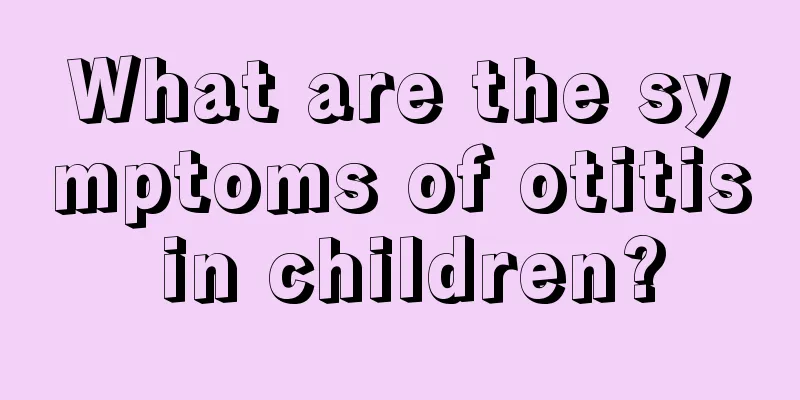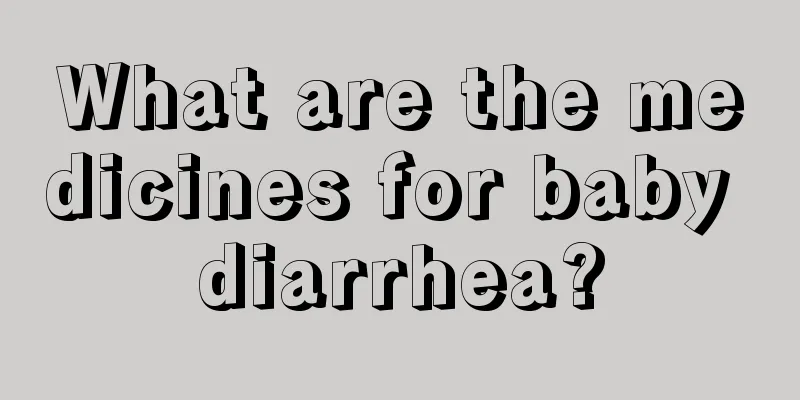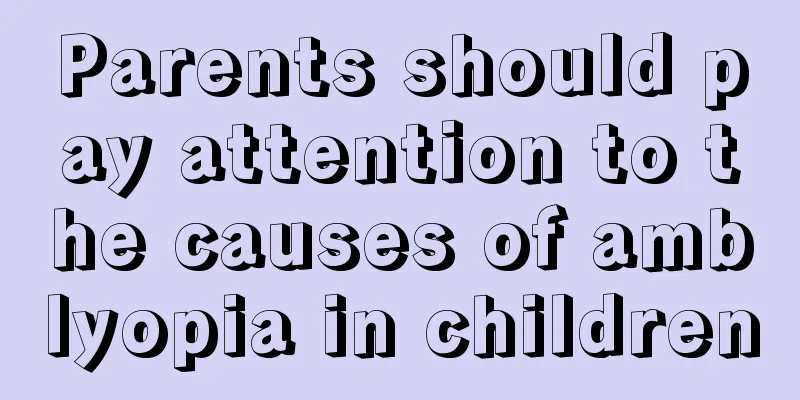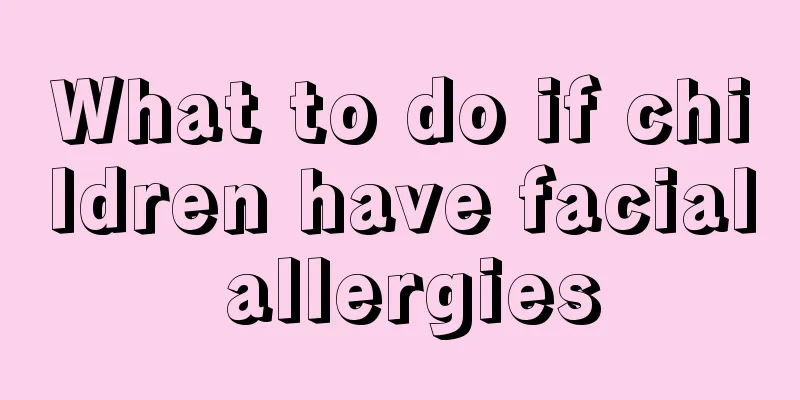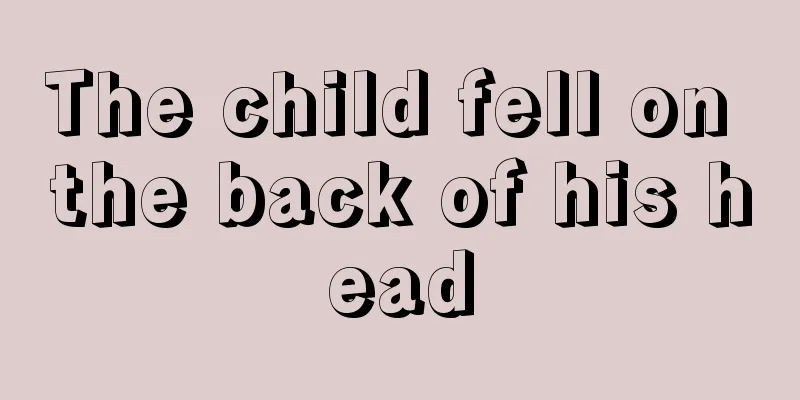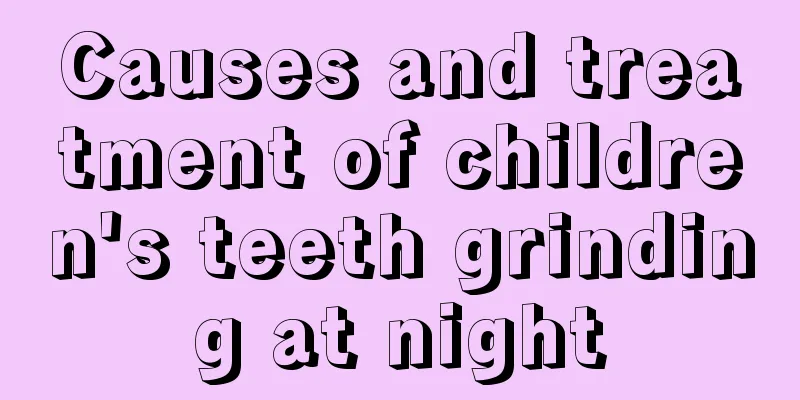Normal value and regulation method of neonatal blood pressure

|
We all know that our body's normal activities require normal blood pressure to support it. It can be said that blood pressure affects every part of our body, which is the same as the blood pressure value we usually measure. If the blood pressure value is too high or too low, it will have a great impact on our physical health. Maybe everyone doesn’t know much about this aspect. Let us learn about the normal blood pressure value of newborns and how to balance the normal blood pressure value of newborns! Normal value: 40-90 Adjustment method: 1. Diuretics It lowers blood pressure by promoting urination and reducing blood volume. It is suitable for mild and moderate hypertension with low renin type hypervolemia. In severe hypertension, the combined use of other antihypertensive drugs can increase the antihypertensive effect of other drugs. Pay attention to water and electrolyte balance during use. (1) Hydrochlorothiazide inhibits the reabsorption of Na and Cl- in the cortical part of the ascending limb of the loop of Henle, promotes renal sodium excretion, and has a hypotensive effect. (2) Furosemide is a strong loop diuretic suitable for children with hypertension and renal insufficiency. It can be injected intravenously if necessary and takes effect quickly. If azotemia and oliguria worsen during medication, the medication should be discontinued. (3) Spironolactone is an aldosterone antagonist and is suitable for children with adrenal hyperplasia, tumors or secondary aldosteronism. 2. Vasodilators The mechanism of action is to directly dilate the smooth muscle of small arteries, reduce total peripheral resistance, and thus exert a antihypertensive effect. Since blood pressure decreases due to vasodilation, secondary sympathetic nerve excitement can cause side effects such as increased heart rate, enhanced myocardial contractility, and water and sodium retention. Therefore, its combined use with propranolol and (or) diuretics can enhance the therapeutic effect. (1) Hydralazine does not cause a decrease in renal blood flow and can therefore be used in patients with renal failure. It is often used in combination with diuretics and beta-blockers to treat moderate to severe hypertension. (2) Diazoxide, also known as hypoxic azole, is a non-diuretic thiazide derivative. It takes effect after rapid intravenous injection within 1 to 2 minutes. If the first treatment is ineffective, you can repeat it after 30 minutes. It is the drug of choice for hypertensive crisis. (3) Sodium nitroprusside is used for hypertensive crisis. It is administered intravenously under the control of an infusion pump and takes effect within seconds. The effect disappears 1 to 2 minutes after drug withdrawal. The drip rate can be adjusted to control the rate of blood pressure drop. Therefore, it is safer than other drugs for treating hypertensive crisis. The main side effect of the drug is thiocyanate poisoning. Therefore, when the drug is used for more than 2 days, the blood thiocyanate concentration must not exceed 10 mg/dl. (4) Minoxidil has a stronger antihypertensive effect than hydralazine. Its combination with β-blockers and diuretics is suitable for severe hypertension that is resistant to other drugs. It can also be used in children with renal failure. 3. Adrenergic receptor blockers (1) Phentolamine is used in the preoperative preparation stage for pheochromocytoma, especially when there is a hypertensive crisis, and can be slowly pushed or dripped intravenously. (2) Prazosin lowers blood pressure by reducing peripheral vascular resistance. It has no drug resistance after long-term use and has a synergistic effect when used in combination with diuretics and beta-blockers. Common side effects include dizziness and weakness. To reduce reactive syncope, the first dose should be reduced and taken at bedtime. (3) The antihypertensive mechanism of β-blockers is unclear, but it may be related to the inhibitory effect of β-receptors in the vasomotor center and juxtaglomerular apparatus. Suitable for children with high stroke volume and high renin hypertension. Combination with diuretics and vasodilators can enhance the therapeutic effect. Commonly used preparations include propranolol and labetalol (also known as isothiocarbamide), which have both α- and β-receptor blocking effects. It takes effect quickly, has high efficacy, and has no adverse effects on the heart, brain, and kidneys. It can be used for mild, moderate and severe types of hypertension. Intravenous injection can be used for rescue of hypertensive crisis. Start with 0.2 mg/kg. If ineffective, 0.5 mg/kg can be slowly injected intravenously after 10 minutes. If necessary, the last intravenous injection can be 1.0 mg/kg. The total dose is ≤4 mg/kg. It takes effect within a few minutes after intravenous injection, and the antihypertensive effect is steady. Once it is effective, it can be taken orally. The above content introduces us to the normal values of blood pressure for newborns. I believe that everyone now has an understanding of it. This is knowledge related to our physical health. We must pay great attention to it. At the same time, we parents should also supplement our children with as much nutrition as possible and enhance our own physical fitness. This will be more beneficial to our physical health! |
<<: Treatment of thyroid deficiency in infants
>>: Nursing methods for premature infants born at 33 weeks
Recommend
Is it okay for children to eat walnut kernels?
As everyone has heard and understood, walnuts are...
What to do if a child coughs at night
What should I do if my child coughs at night? The...
At what age is it best for children to start brushing their teeth?
The teeth of the human body are very important. O...
Can children eat bananas when they have a cough?
Since children have relatively low immunity, they...
What is the reason for the baby's sudden loss of appetite?
Babies are prone to many diseases. When treating ...
How do children become white?
Most children are naturally playful, so they are ...
How to prevent baby from having fever and convulsions
Many parents are at a loss as to what to do when ...
Can children with cold and fever drink milk?
When children have a cold or fever, many dietary ...
Case presentation of renal cyst in children
In our daily life, health care is increasingly va...
5-year-old baby's fingers peeling
Every parent hopes that their children can grow u...
Symptoms of calcium deficiency in five-month-old babies
Nowadays, every family has only one child, and ma...
What is the standard for baby height and weight?
The height and weight standards for infants and y...
Why does my baby have a stuffy nose at night?
The baby's immune system has not yet fully de...
The child is four years old and has red bloodshot eyes
Children are the treasures of their parents. Ever...
What is the development standard for a 13-month-old baby?
The growth and development of a baby requires a p...

